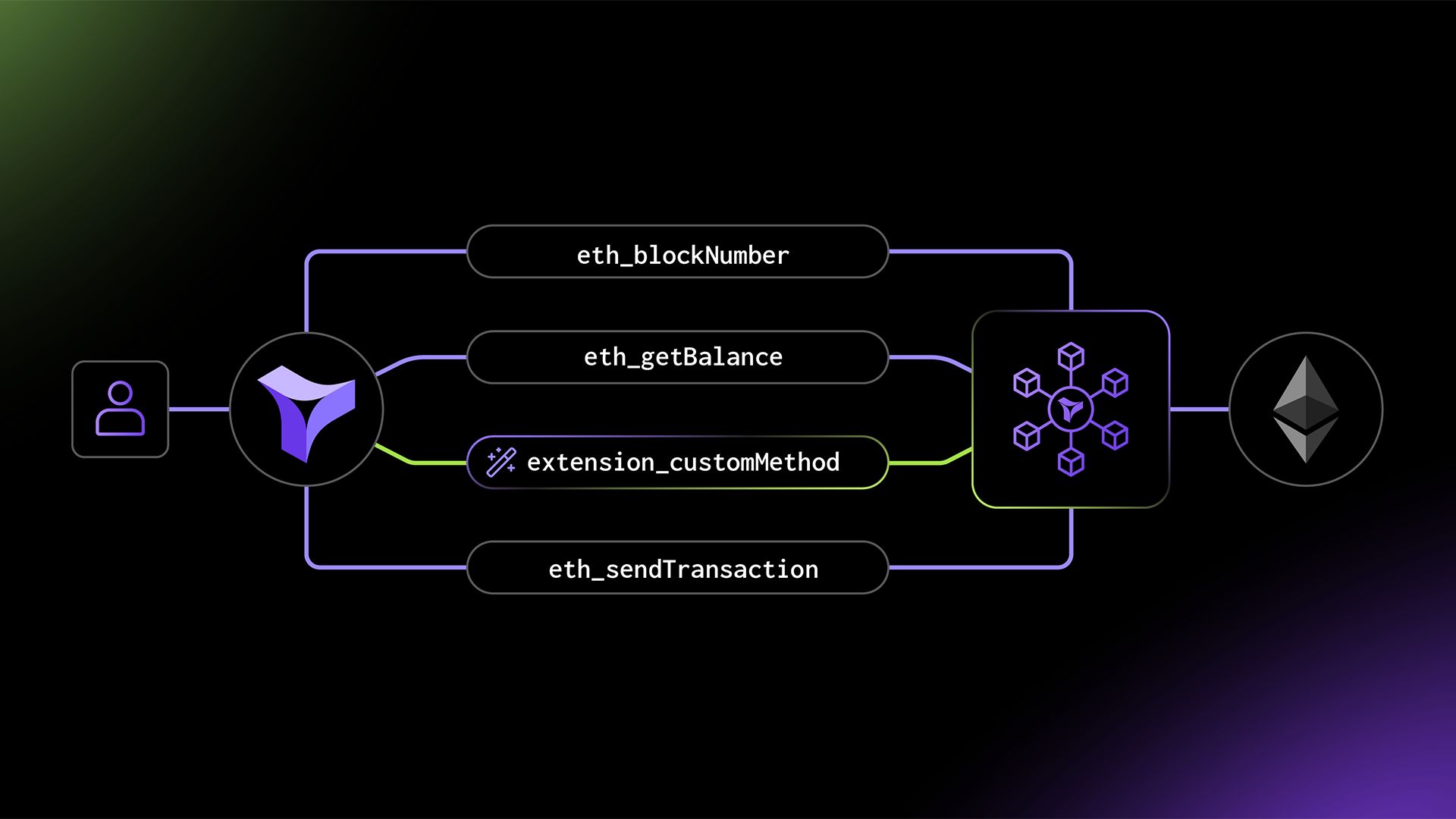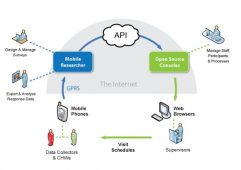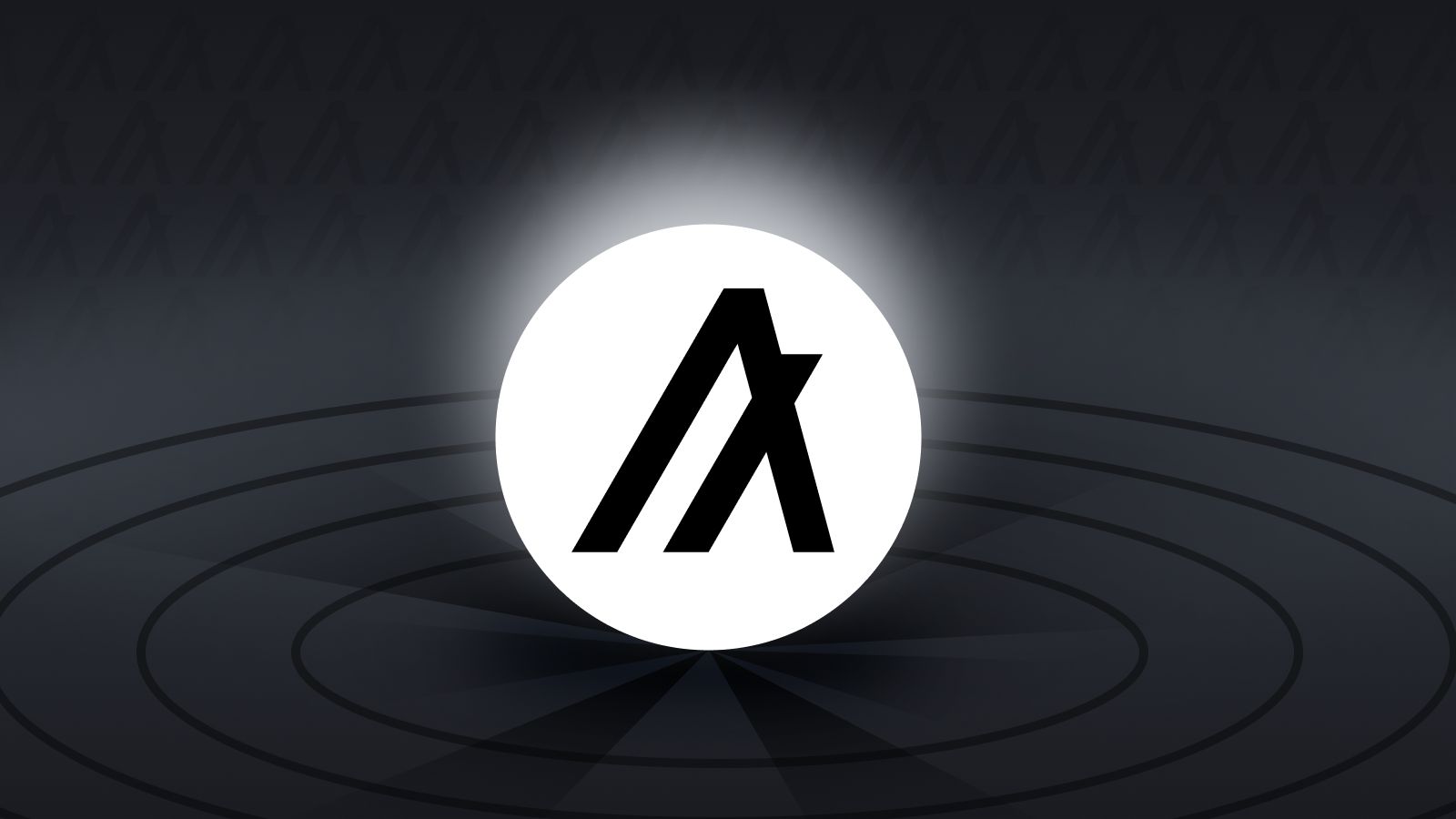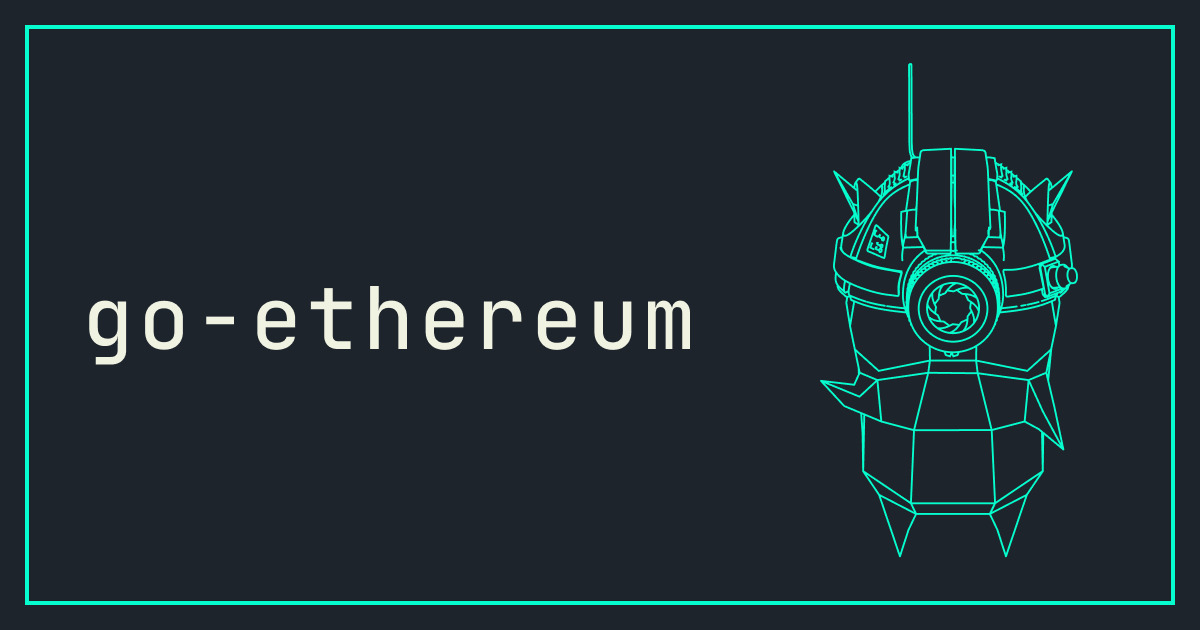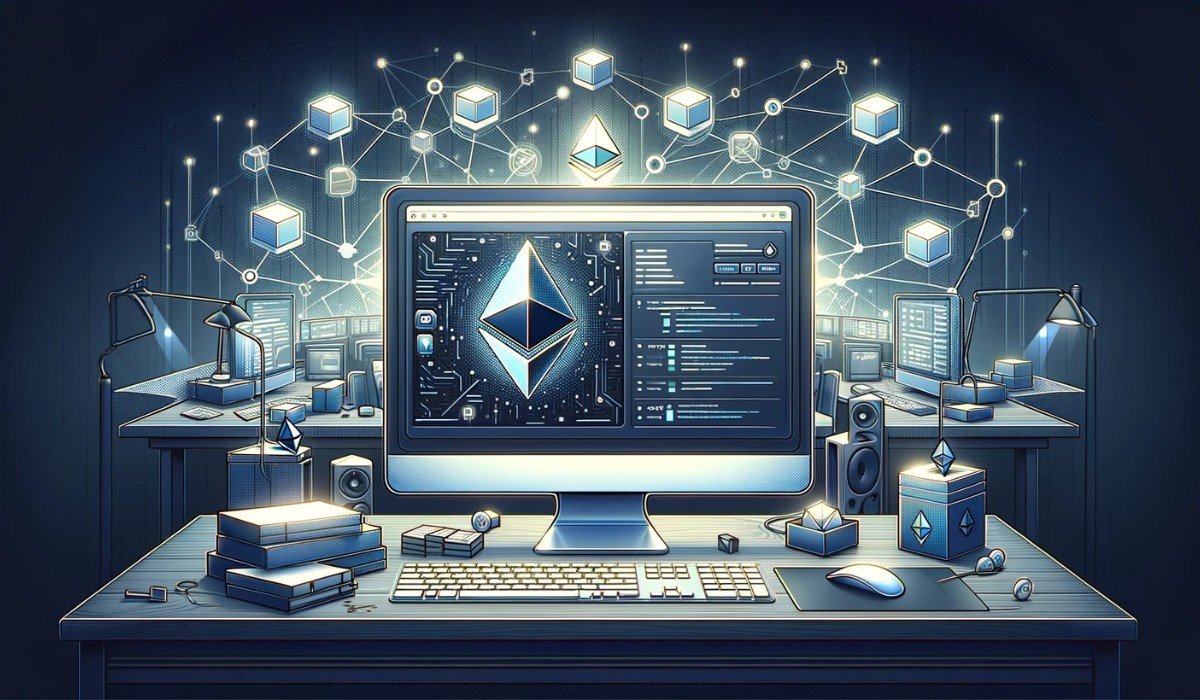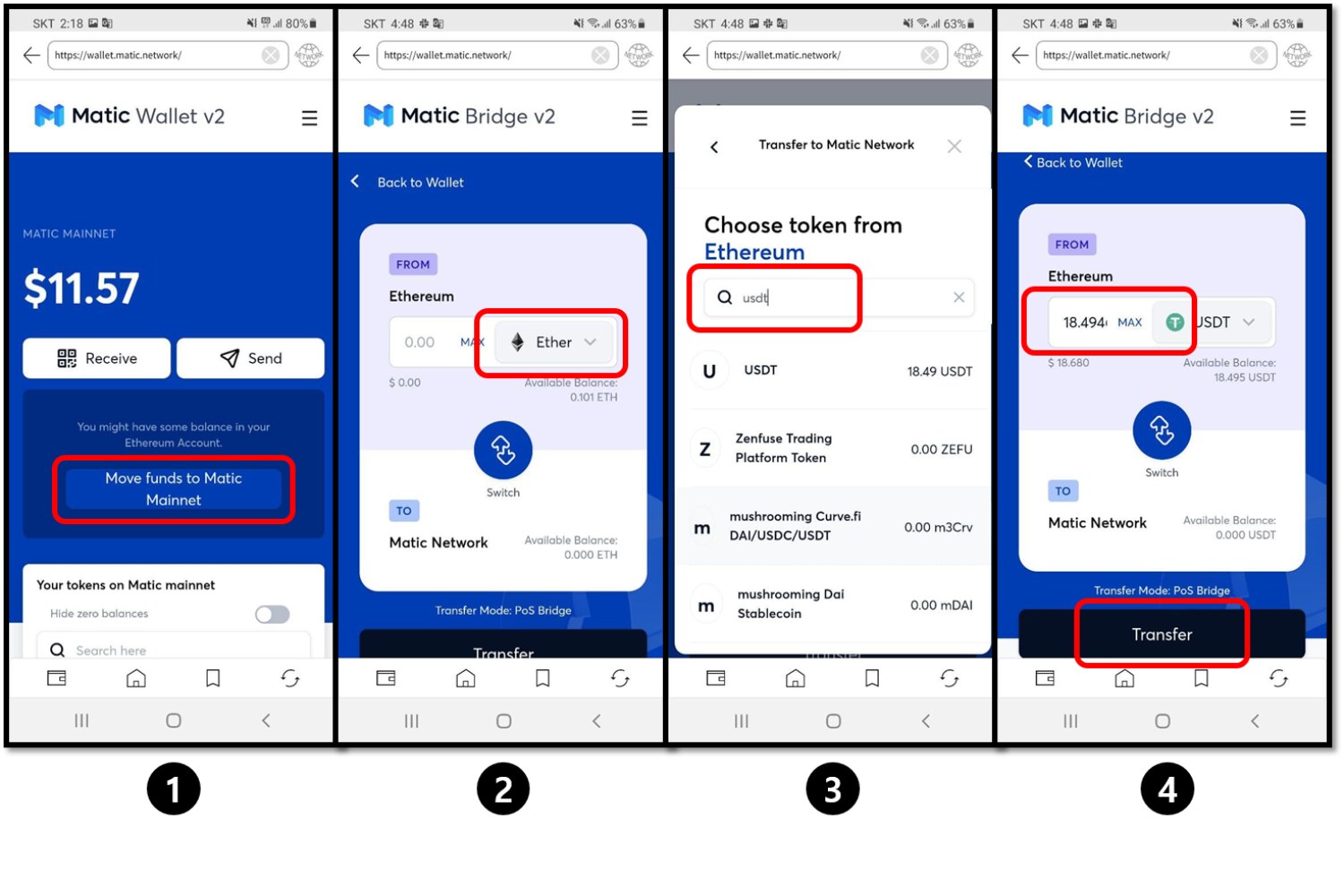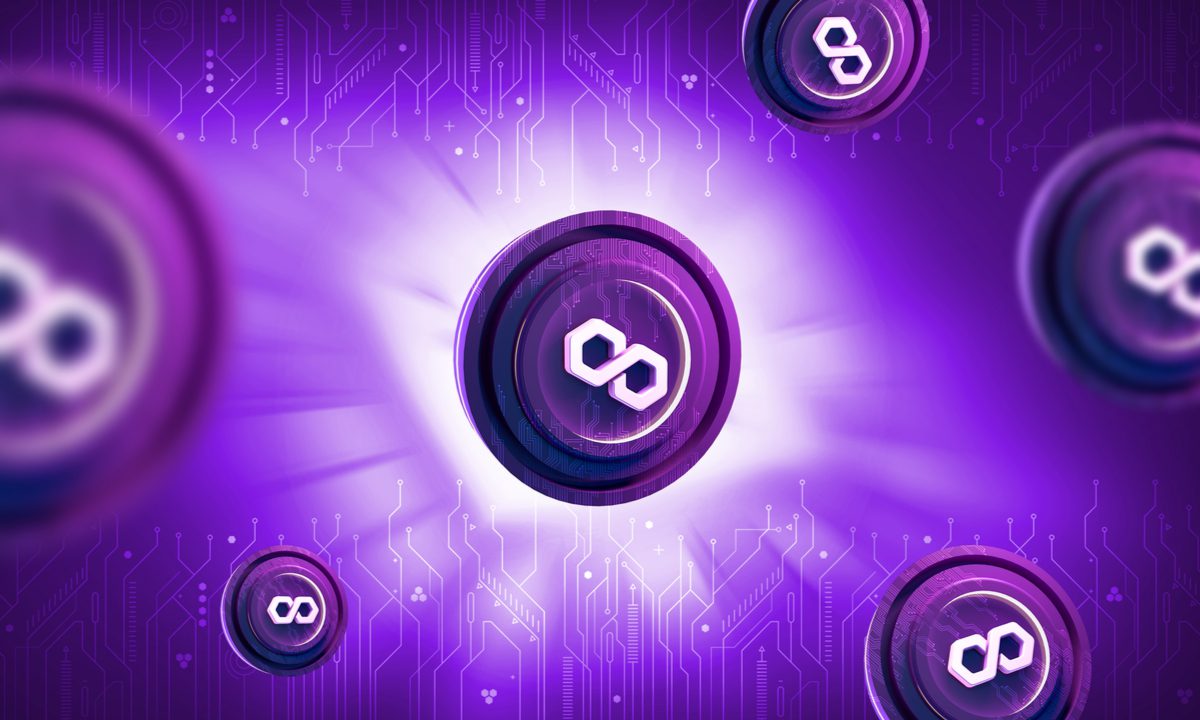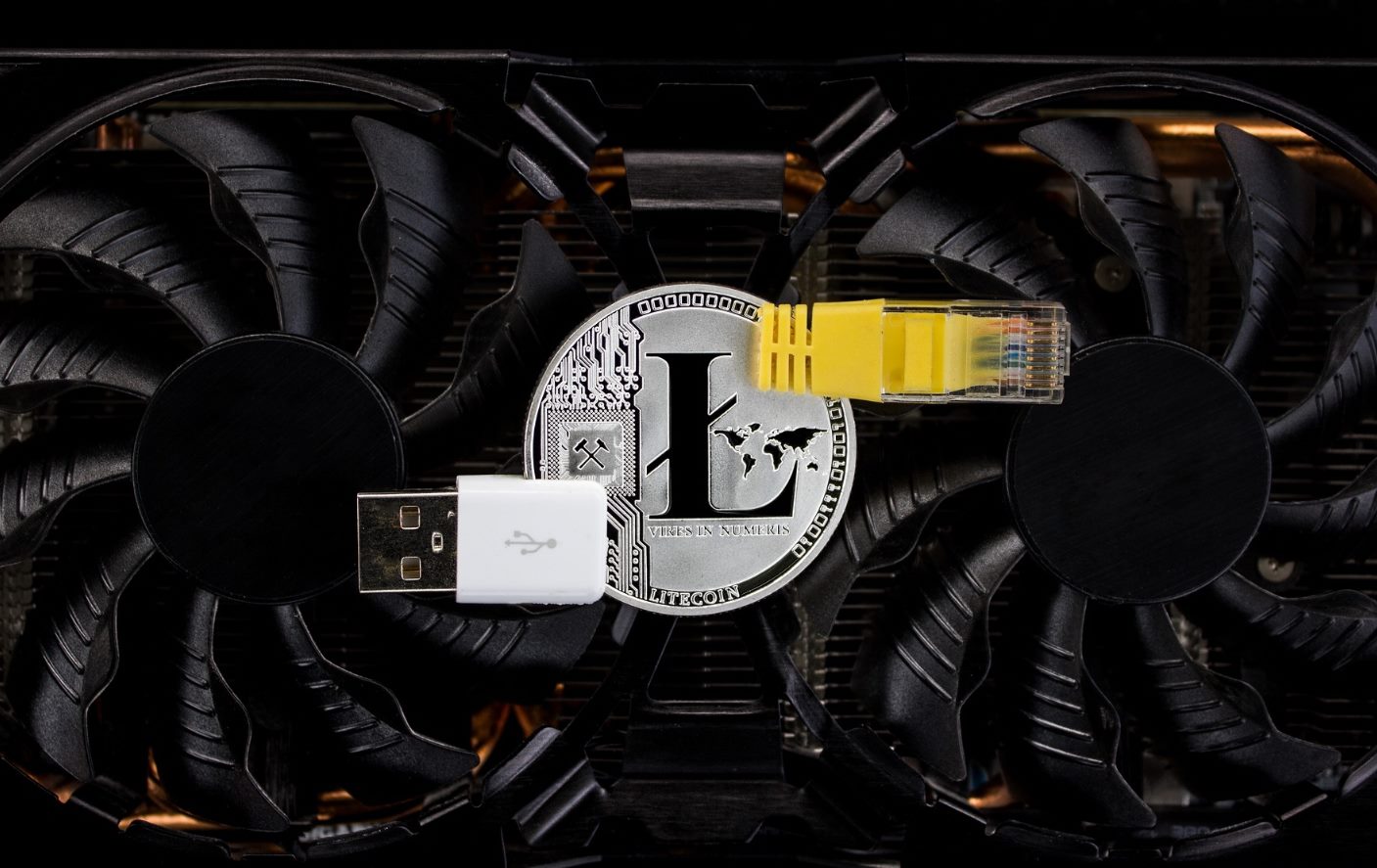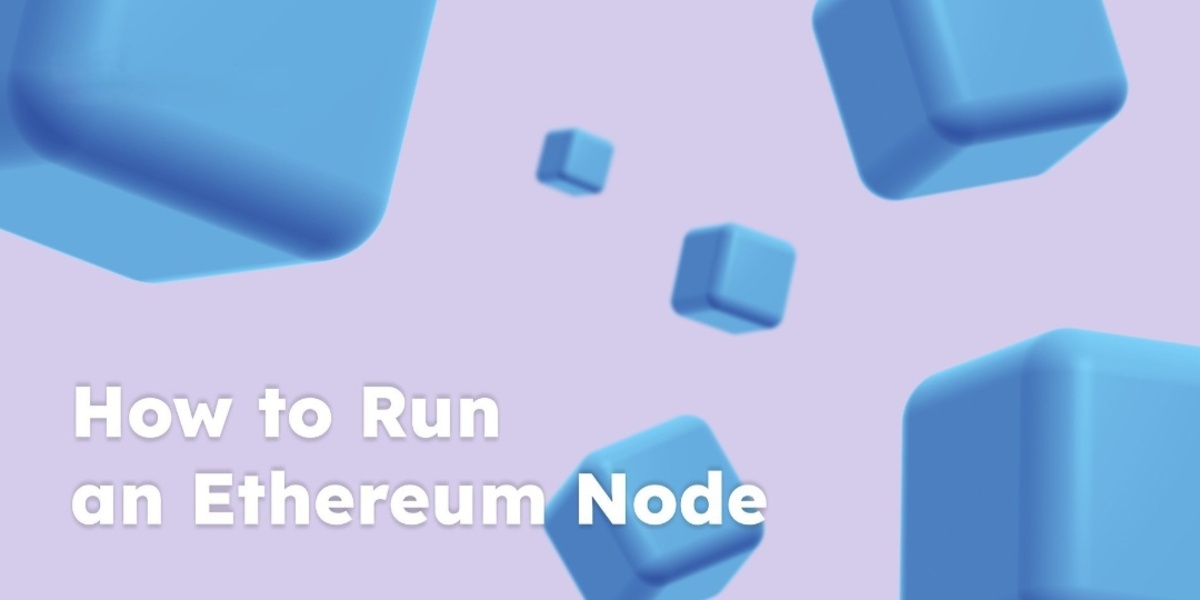Introduction
Welcome to the world of blockchain, a revolutionary technology that has the potential to disrupt various industries and redefine how we transact and share information online. At the core of blockchain technology lies the concept of decentralization, where transactions are verified and recorded across a network of computers, making it transparent, secure, and tamper-proof.
One key aspect of blockchain technology is the use of Remote Procedure Call (RPC) as a communication protocol. RPC plays a crucial role in facilitating the interaction between different nodes, allowing them to exchange data and execute commands seamlessly. In this article, we will delve deeper into what RPC entails in the context of blockchain and explore its working mechanism, advantages, and limitations.
RPC, in its simplest form, can be defined as a protocol that enables a program running on one computer to make a request to another program running on a remote computer. In the context of blockchain, RPC acts as a bridge between various components of the network, facilitating the communication between nodes and enabling them to perform essential tasks.
One of the key functionalities of RPC in blockchain is the ability to retrieve data from the blockchain. Through RPC, nodes can query transactions, blocks, and other relevant information stored in the blockchain. This data retrieval mechanism is essential for various applications and services built on top of the blockchain, such as wallets, explorers, and decentralized applications (dApps).
Furthermore, RPC allows nodes to send transactions to the network, initiate smart contracts, and execute specific actions within the blockchain ecosystem. These actions can range from simple tasks, such as transferring digital assets between addresses, to more complex operations, such as executing programmable contracts that automate certain processes.
By facilitating the seamless exchange of data and commands, RPC ensures that the blockchain network operates efficiently and effectively. It brings together the different participants of the network, including miners, nodes, developers, and users, enabling them to interact and contribute to the decentralized ecosystem.
In the upcoming sections, we will explore how RPC works in blockchain, discuss its advantages and potential challenges, and provide examples to illustrate its practical applications. So, let’s dive in and unravel the fascinating world of RPC in blockchain!
Definition of RPC
Remote Procedure Call (RPC) is a communication protocol that allows a program running on one computer to invoke a procedure on another remote computer. It enables seamless interaction and data exchange between different components of a distributed system.
In the context of blockchain technology, RPC acts as a crucial mechanism for nodes to communicate and coordinate with each other. It enables the transmission of data and commands across the blockchain network, facilitating various operations and functionalities.
RPC follows a client-server model, where the client initiates a request, and the server processes the request and sends back the response. The client and server can be different nodes within the blockchain network, and they communicate through a series of defined protocols and procedures.
One of the key features of RPC is its ability to abstract the complexities of network communication, allowing developers to interact with remote systems seamlessly. By encapsulating the details of network protocols and data transmission, RPC provides a more straightforward and standardized way of communicating between different components of a distributed system.
RPC operates on a wide range of network protocols, including HTTP, TCP, UDP, and more. It leverages these protocols to establish a connection between the client and the server, enabling them to exchange data and execute remote procedures.
When a client program invokes an RPC, it sends a request containing the name of the procedure and any necessary parameters to the server. The server receives the request, processes it, and executes the corresponding procedure. Once the procedure is executed, the server sends back a response to the client, which may contain the result of the procedure or any relevant data.
RPC supports various data serialization formats, such as XML and JSON, to encode and decode the data being transmitted between the client and server. This ensures that the data is formatted and structured in a way that both parties can easily understand and interpret.
Overall, RPC plays a vital role in enabling communication and coordination within the blockchain network. It allows nodes to seamlessly exchange information, execute commands, and perform various operations that contribute to the overall functionality and efficiency of the decentralized ecosystem.
How RPC Works in Blockchain
In the context of blockchain technology, RPC serves as a fundamental mechanism for facilitating communication and coordination between nodes within the network. It enables seamless data exchange, command execution, and interaction among different components of the blockchain ecosystem.
When a program or application wants to interact with the blockchain network, it utilizes RPC to send requests and receive responses from the nodes. This interaction involves the use of specific functions or methods provided by the blockchain software, which can be accessed through RPC.
To start the process, the application establishes a connection to a node within the blockchain network using the appropriate network protocol, such as HTTP or TCP. This connection allows the application to send RPC requests to the node and receive the corresponding responses.
The RPC request typically includes the necessary information required to perform a specific action within the blockchain network. For instance, if the application wants to retrieve information about a particular transaction, the RPC request would include the transaction ID or relevant parameters.
Upon receiving the RPC request, the node processes the request and executes the corresponding action. This can involve querying the blockchain for specific data, initiating smart contract functions, or performing any other operation supported by the blockchain software.
Once the action is executed, the node generates a response containing the result or relevant data. This response is then sent back to the application through the RPC connection. The application can parse and utilize the response to fulfill its intended purpose, whether it’s displaying information to the user, updating internal data structures, or triggering further actions.
It’s important to note that RPC requests and responses are typically encoded using a serialization format such as JSON or XML. This ensures that the data being transmitted between the application and the blockchain node is structured in a standardized and understandable format.
RPC in blockchain provides a flexible and versatile approach to interact with the network. It allows developers to integrate blockchain functionalities seamlessly into their applications, enabling them to retrieve blockchain data, execute transactions, and perform various operations that contribute to the decentralized ecosystem.
Overall, RPC plays a crucial role in facilitating the communication between applications and the blockchain network. It allows developers to leverage the power of blockchain technology and interact with the decentralized network effortlessly.
Advantages of Using RPC in Blockchain
Utilizing Remote Procedure Call (RPC) in the context of blockchain technology brings several advantages that enhance the functionality and efficiency of the decentralized ecosystem. Let’s explore some of the key advantages of using RPC in blockchain:
- Seamless Integration: RPC provides a standardized and straightforward approach for applications to interact with the blockchain network. It abstracts the complexities of network communication, allowing developers to seamlessly integrate blockchain functionalities into their applications without needing to manage low-level protocols.
- Efficient Data Exchange: RPC enables efficient and secure data exchange among different components of the blockchain network. By leveraging RPC, nodes can easily retrieve, transmit, and process data without the need for complex networking configurations. This efficient data exchange enhances the overall performance of the blockchain network.
- Enhanced Functionality: RPC expands the capabilities of applications by providing access to a range of blockchain operations and functionalities. Developers can leverage RPC to query transaction details, retrieve blockchain data, execute smart contract functions, and perform various other operations necessary for decentralized applications (dApps) and services.
- Interoperability: RPC promotes interoperability by allowing applications to communicate and interact with nodes across different blockchain networks. It provides a standardized interface for cross-chain communication, enabling developers to build applications that connect multiple blockchain ecosystems and leverage their combined functionalities.
- Flexibility and Customization: RPC offers flexibility and customization options, allowing developers to tailor their interactions with the blockchain network according to their specific requirements. They can configure RPC parameters, set up custom authentication mechanisms, and define data serialization formats that align with their application’s needs.
- Scalability: RPC enables scalable blockchain applications by distributing workloads across multiple nodes. As RPC allows for easy interaction with various nodes in the network, developers can design applications that leverage the computing power of multiple nodes simultaneously, thereby enhancing the scalability and performance of the blockchain ecosystem.
These advantages highlight the significance of utilizing RPC in blockchain. By leveraging RPC, developers can harness the power of blockchain technology and build innovative, efficient, and interoperable applications that contribute to the growth and adoption of decentralized systems.
Examples of RPC in Blockchain
Remote Procedure Call (RPC) plays a pivotal role in enabling various functionalities within the blockchain ecosystem. Let’s explore some examples of how RPC is used in blockchain:
- Data Retrieval: RPC allows applications to retrieve data from the blockchain network. For example, a blockchain explorer application can use RPC to query transaction details, check account balances, or retrieve information about specific blocks. This data retrieval capability is essential for building wallets, analytics tools, and other blockchain-based services.
- Transaction Execution: RPC enables applications to initiate and execute transactions on the blockchain network. A decentralized exchange platform can utilize RPC to send transaction details, including the sender’s address, recipient’s address, and the amount being transferred. RPC then facilitates the transaction verification and confirmation process, ensuring that the transaction becomes a part of the blockchain.
- Smart Contract Interactions: RPC is instrumental in interacting with smart contracts on the blockchain. Through RPC, applications can invoke functions within smart contracts, passing the required parameters and retrieving the resulting data. This allows developers to build decentralized applications (dApps) that leverage the programmable and self-executing capabilities of smart contracts.
- Blockchain Monitoring and Management: RPC provides tools for monitoring and managing blockchain nodes. Applications can use RPC commands to retrieve information about the network, such as the number of connected peers, synchronization status, or mining difficulty. This data can be used for network analysis, performance monitoring, and network maintenance purposes.
- Cross-Chain Interactions: RPC facilitates cross-chain interactions and interoperability. By utilizing RPC, applications can communicate with nodes on different blockchain networks and exchange data or execute transactions across multiple chains. This ability to interface with various blockchains enables the development of decentralized applications that leverage the combined functionalities of multiple networks.
These examples demonstrate the versatility and power of RPC in facilitating various operations within the blockchain ecosystem. From data retrieval and transaction execution to smart contract interactions and cross-chain interoperability, RPC serves as a foundational tool for building innovative and feature-rich blockchain applications.
Potential Challenges and Limitations of RPC in Blockchain
While Remote Procedure Call (RPC) is a valuable tool for enabling communication and interaction within the blockchain network, it is important to acknowledge some potential challenges and limitations that may arise when using RPC in the blockchain context:
- Security Risks: Utilizing RPC introduces potential security risks if proper authentication and access control measures are not implemented. Unauthorized access to RPC interfaces can lead to malicious actions and compromise the integrity of the blockchain network. It is essential to employ robust security practices and authentication mechanisms to mitigate these risks.
- Latency and Scalability: RPC relies on network communication, which can introduce latency and impact the scalability of the blockchain network. As the number of RPC requests increases, the network may experience congestion and potential delays. This can limit the speed and scalability of some blockchain operations, especially in high-demand environments.
- Compatibility: Different blockchain networks may have variations in their RPC interfaces, making it challenging to ensure compatibility across different implementations. Application developers need to consider these differences and provide appropriate handling and compatibility checks when interacting with different blockchain networks and software.
- Reliability and Failure Handling: RPC communication relies on network connectivity, and failures can occur due to various factors, such as network outages or server crashes. Applications need to implement robust error handling and recovery mechanisms to handle RPC failures gracefully and prevent disruptions to the overall functionality of the blockchain application.
- Permissioned Blockchains: RPC may have limited usability in permissioned or private blockchain networks, where access to RPC interfaces might be restricted. This can hinder the ability to interact with the blockchain and access certain functionalities, particularly when dealing with sensitive or confidential data.
It is important to address these challenges and limitations when implementing RPC in blockchain applications. Proper security measures, performance optimizations, compatibility checks, and robust error handling mechanisms can help overcome these obstacles and ensure smooth and secure functioning of RPC-based interactions in the blockchain ecosystem.
Conclusion
Remote Procedure Call (RPC) serves as a vital communication protocol in blockchain technology, enabling seamless interaction, data exchange, and coordination between different nodes within the network. By leveraging RPC, applications can retrieve blockchain data, execute transactions, interact with smart contracts, and perform various operations that contribute to the decentralized ecosystem.
Throughout this article, we have explored the definition and working mechanism of RPC in blockchain. We have highlighted the advantages of using RPC, such as seamless integration, efficient data exchange, enhanced functionality, interoperability, flexibility, and scalability.
Furthermore, we have provided examples of how RPC is utilized in practical applications, including blockchain data retrieval, transaction execution, smart contract interactions, and cross-chain interoperability. These examples illustrate the versatility and power of RPC in facilitating a wide range of functionalities within the blockchain ecosystem.
However, it is crucial to be aware of the potential challenges and limitations that may arise when using RPC in blockchain applications. These challenges include security risks, latency and scalability concerns, compatibility issues, reliability and failure handling, and limitations in permissioned blockchains. Addressing these challenges and implementing appropriate measures can help mitigate any potential issues and ensure the smooth functioning of RPC-based interactions.
In conclusion, RPC plays a fundamental role in enabling communication and coordination within the blockchain network. It empowers developers to harness the power of blockchain technology and build innovative, efficient, and interoperable applications. By leveraging the capabilities of RPC, we can continue to push the boundaries of blockchain technology and unlock new possibilities for decentralized systems.







